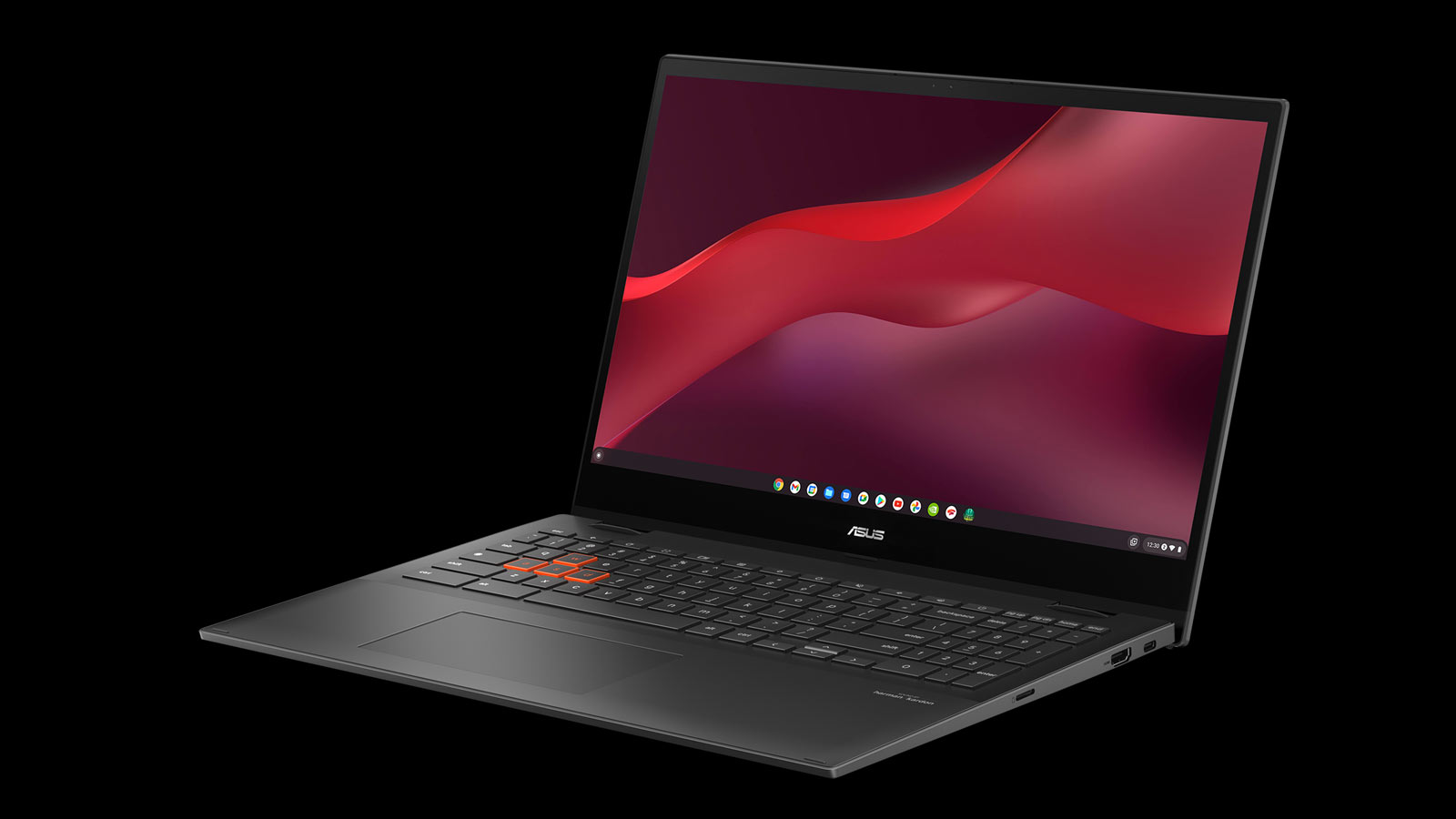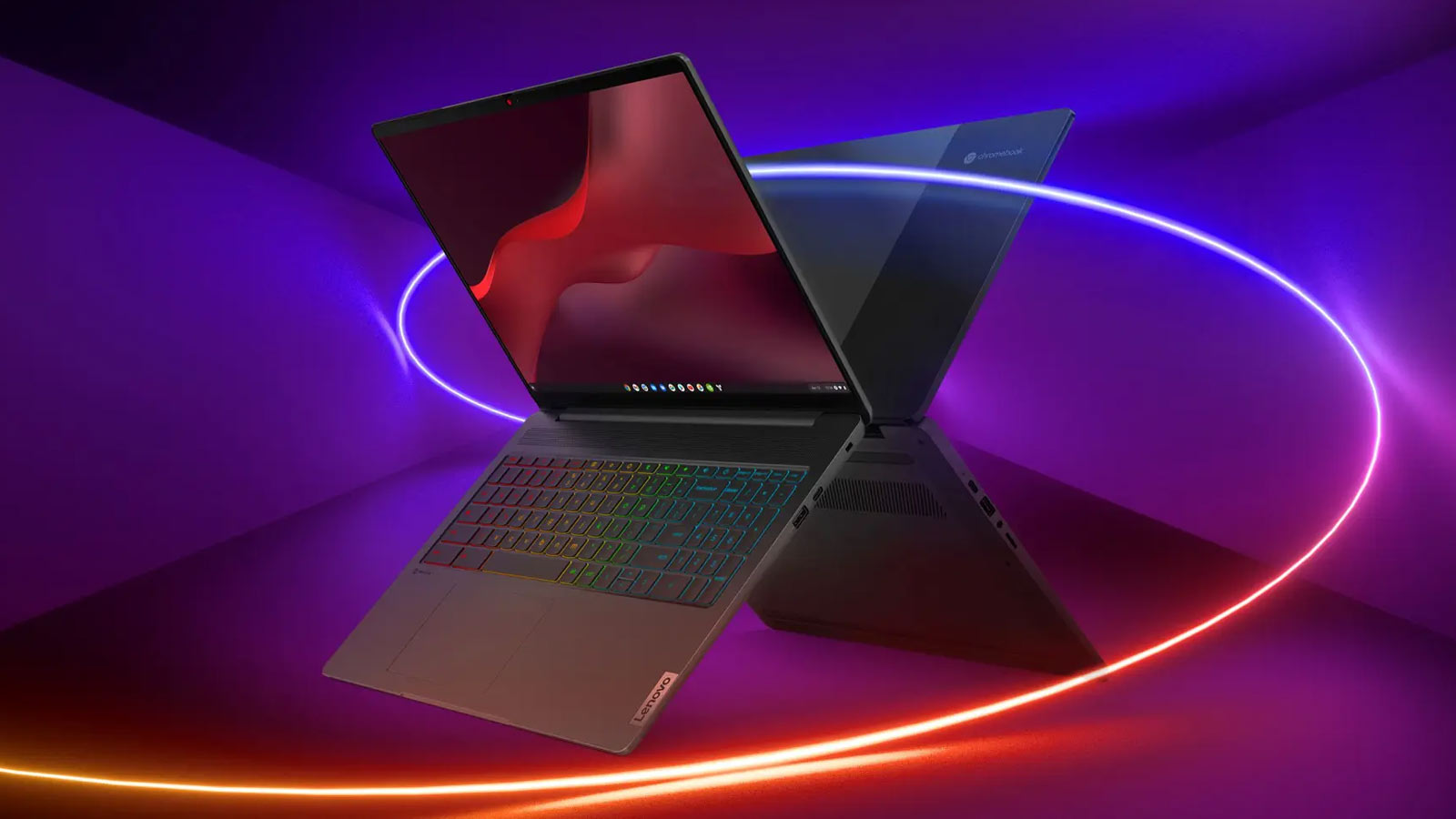Google Gaming Chromebooks Flex GeForce Now and Xbox Cloud Tech
Acer, Asus, and Lenovo have prepared some gamer-style Chrome-powered laptops.
Google has announced a new idea in its search for success in the lucrative gaming market. Today, Google and a trio of hardware partners launched “the world’s first laptops built for cloud gaming,” also known as Gaming Chromebooks. With Google Stadia’s death sentence certain, the cloud gaming services that the new offerings will embrace are Nvidia’s GeForce Now (preinstalled), Microsoft’s Xbox Cloud Gaming (web app Beta now ready), and Amazon Luna (U.S. mainland only for now).
The reasoning behind Gaming Chromebooks is that Google has now established Chromebooks as the go-to devices for those seeking “fast, secure and easy-to-use” computing. With compact and robust hardware now more readily available than ever, Google and its partners want to extend the Chromebook universe with gaming features and fast, easy access to “cutting-edge graphics through the cloud.” Google boasts that Gaming Chromebook compatibility with the aforementioned services means owners could have a library of up to 1,500 games at their fingertips.
Regular readers will be aware that one of the most significant benefits of cloud gaming is that it doesn’t require powerful hardware. However, that isn’t to say that any old device will excel at the job – game streaming undoubtedly benefits from faster device networking, and brighter and faster screens. These points seem to have influenced the hardware recipe adopted by Acer, Asus, and Lenovo.
The three Gaming Chromebook launch devices are the new Acer Chromebook 516 GE, the Asus Chromebook Vibe CX55 Flip, and the Lenovo Ideapad Gaming Chromebook from Lenovo, which are all expected to be available this month. Google offers this trio via its Chromebook web store, and you can learn more about each device there. A quick check of the specs of these three reveals quite a varied CPU/memory configuration – they have a mix of Core i5 and i7 CPUs, but RAM quotas vary widely from 4GB to 16GB. However, they all have 120 Hz+ screens, with two models sporting 16-inch 1600p displays while the other has a 1080p touch panel. Two have anti-ghosting technology keyboards, but they all have RGB backlighting capabilities. Pricing varies from $399 to $699.
Another interesting commonality we see with these launch devices is that if the RGB gaming keyboards aren’t set to stun, they won’t look out of place in a corporate or business environment. Moreover, they all seem to have benefitted from some minimal and sleek design. Remember, without particularly beefy CPUs and GPUs on board, these are all pretty slim portables.



In addition to the laptop hardware, or should we say Gaming Chromebook hardware, Google lists a number of certified for Chromebook gaming peripherals on its new ‘discover gaming’ microsite.
It is easy to be cynical about Google starting a new project, particularly with Stadia in the rearview mirror. In our report on the death of Stadia we mentioned that KilledByGoogle reckons Google's game streaming service was the 274th project shuttered by the company. Logically, such a fate shouldn’t face Gaming Chromebooks unless all Chromebooks get the chop. Prerequisites such as faster networking and more responsive displays are already becoming mainstream, as are keyboard backlighting implementations. Therefore, it could be possible in the not too distant future for Google to claim all Chromebooks are Gaming Chromebooks.
Get Tom's Hardware's best news and in-depth reviews, straight to your inbox.

Mark Tyson is a news editor at Tom's Hardware. He enjoys covering the full breadth of PC tech; from business and semiconductor design to products approaching the edge of reason.
-
Alvar "Miles" Udell The biggest problem I see is the fact that GoG isn't a GeForce Now partner...Reply
